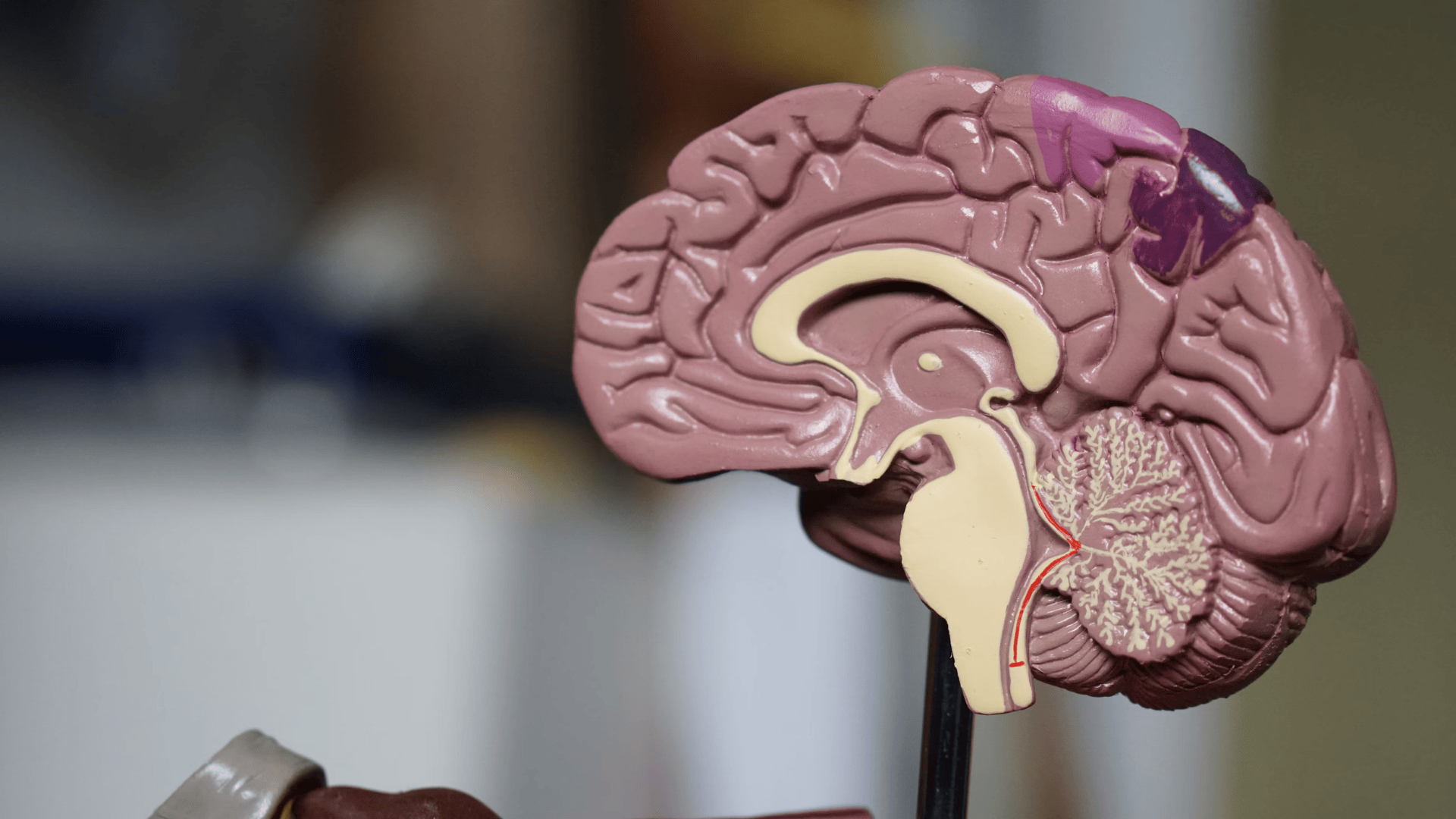Table of Contents

It’s a familiar academic struggle: you spend hours absorbing new information, only for it to vanish just before the exam. Learning isn’t just about reading; it’s about structuring that knowledge so your brain can retrieve it when it matters most. For UK and international students juggling complex modules and the relentless pressure of deadlines, knowing how to embed learning deeply is the ultimate superpower. This comprehensive guide, informed by educational psychology, breaks down the most effective strategies for long-term retention. If you’re looking for practical, actionable advice to make your study time count, look no further. Many students often seek outassignment writing help when facing heavy workloads, but mastering the retention process itself can significantly ease your academic journey.
The Cognitive Framework: Why Structure Matters
Our brains aren’t filing cabinets; they’re intricate, interconnected webs. New information is best retained when it can hook onto existing knowledge, forming a rich, accessible network. This process is called schema formation. Without structure, new facts are isolated, making them fragile and easily forgotten. Structuring is the process of building bridges and roads between the new and the old, turning isolated data points into a cohesive, robust mental map.
Why Rote Memorisation Fails
Simply repeating a fact (rote learning) relies on short-term memory and doesn’t create these deep connections. It’s like balancing a plate on your fingertip – effective for a moment, but unsustainable. Long-term retention, conversely, is like stacking the plate securely on a shelf. It requires meaningful encoding and active retrieval.
Seven Essential Strategies for Structuring New Knowledge

Effective learning isn’t a passive activity; it requires a systematic approach to organising and interacting with the material. Here are the most powerful techniques.
1. Contextualisation and Linking (The ‘Why’ and ‘Where’)
Before diving into details, establish the bigger picture. Understanding where a new concept fits in the existing field of study dramatically boosts retention.
- Pre-reading: Briefly scan the chapter headings and introduction to form a mental outline.
- The ‘Five Ws’ Method: For any core concept, ask: What is it? Why is it important? When was it developed/used? Who was involved? and Where does it apply?
- Concept Mapping: Visually link new ideas to old ones. Draw a central concept and branch out to related topics you already know.
2. Chunking and Categorisation
Our short-term memory can only hold a small number of items (about 4-7) at once. Chunking is the act of grouping related pieces of information into one meaningful “chunk” or category, making it easier to process and recall.
- Group Similar Ideas: Instead of memorising 15 isolated facts about the French Revolution, group them into three chunks: Causes, Key Events, and Outcomes.
- Acronyms and Mnemonics: These are the classic examples of chunking, turning a long list into one memorable item (e.g., Plank’s Energy Is Equal To Heights).
- Outlining/Hierarchies: Structure your notes in a logical hierarchy (main idea $\rightarrow$ sub-points $\rightarrow$ examples), creating a clear roadmap for your brain to follow.
3. Elaboration and Explanation (The Teaching Technique)
To elaborate on knowledge means to explain it in your own words, connecting it to other ideas, examples, or personal experiences. This forces your brain to process the information deeply.
- The Feynman Technique: Pretend to teach the concept to a complete beginner. If you can’t explain it simply and clearly, you don’t fully understand it.
- Analogies and Metaphors: Relate abstract concepts to concrete, everyday ideas. For example, explain the cell membrane using the analogy of a bouncer controlling who enters and leaves a club.
- Self-Quizzing: Don’t just re-read. Close the book and try to write down everything you remember about a topic. This is a powerful form of active recall that strengthens the neural pathways.
4. Spaced Repetition
The Forgetting Curve shows that we rapidly forget new information unless we consciously revisit it. Spaced repetition involves reviewing material at increasingly longer intervals (e.g., 1 day, 3 days, 1 week, 2 weeks). This consolidates the memory from short-term to long-term storage.
- Flashcards (Physical or Digital): Use tools like Anki or Quizlet, which are designed to show you material just before you’re about to forget it.
- Create a Review Schedule: Dedicate short, structured review sessions rather than marathon study sessions before an exam.
5. Interleaving and Varying Study Methods
Instead of “blocking” your study (studying only Maths for three hours, then only Physics for three hours), try interleaving. This involves mixing different, but related, subjects or types of problems within a single study session.
- Example: Study a short section on European History, then switch to a brief review of a Psychology theory, and finish with a set of practice Maths problems.
- Benefit: It forces your brain to constantly retrieve the correct strategy for each problem, making the learning more flexible and robust-a crucial skill when facing complex exams and needing academic assignment help across multiple disciplines.
6. Retrieval Practice (The Test Effect)
The act of retrieving information from memory is the single most effective way to strengthen that memory. Don’t wait for the exam to test yourself-make retrieval a core part of your learning process.
- Past Papers: The ultimate retrieval practice. Practise under timed, exam-like conditions.
- “Brain Dumps”: After a lecture, simply write down everything you can remember related to the topic without looking at your notes.
- Question-Answer Pairs: Turn every heading and bolded term in your textbook or notes into a potential exam question.
7. Mind-Body Connection: Sleep and Exercise
The actual process of memory consolidation-where fragile new memories become stable, long-term knowledge-happens primarily during sleep. Depriving yourself of sleep is the quickest way to sabotage all your structured learning.
- Prioritise REM and Deep Sleep: Aim for 7-9 hours of quality sleep, especially after learning new, complex material.
- Exercise: Physical activity has been shown to improve blood flow to the brain and boost memory function. Even a short walk can clear the mind and aid retention.
Applying the Structure to Assignments and Research
These structuring principles are not just for exams; they are vital for mastering complex projects. When tackling a difficult research paper or a massive assignment help services brief, use these techniques to manage the information load:
|
Stage of Assignment |
Structuring Technique Applied |
Benefit |
|---|---|---|
|
Research Phase |
Contextualisation & Categorisation |
Group sources, evidence, and arguments into thematic ‘buckets’ or sub-headings before writing. |
|
Drafting Phase |
Elaboration & Outlining |
Use a detailed outline (a logical hierarchy) to ensure a smooth, coherent flow between points and paragraphs. |
|
Review Phase |
Retrieval Practice |
Put the draft away for a day, then try to orally summarise the main arguments. Check the draft against your memory summary. |
Final Thoughts on Lasting Learning
True learning is a marathon, not a sprint. By moving away from superficial reading and embracing structured, active learning techniques-like contextualisation, chunking, and retrieval practice-you are fundamentally changing how your brain processes and stores information. This systematic approach not only leads to higher grades but also builds a genuine, robust understanding that serves you well beyond your degree.
Academic pressure is real, and managing it effectively is key to success. Many students, including myself, found Assignment in Need(assignnmentinneed.com) helpful for managing academic pressure when juggling multiple, demanding modules and strict deadlines. Focus on building that strong foundation of structured knowledge, and the rest of your academic journey will become significantly smoother.




